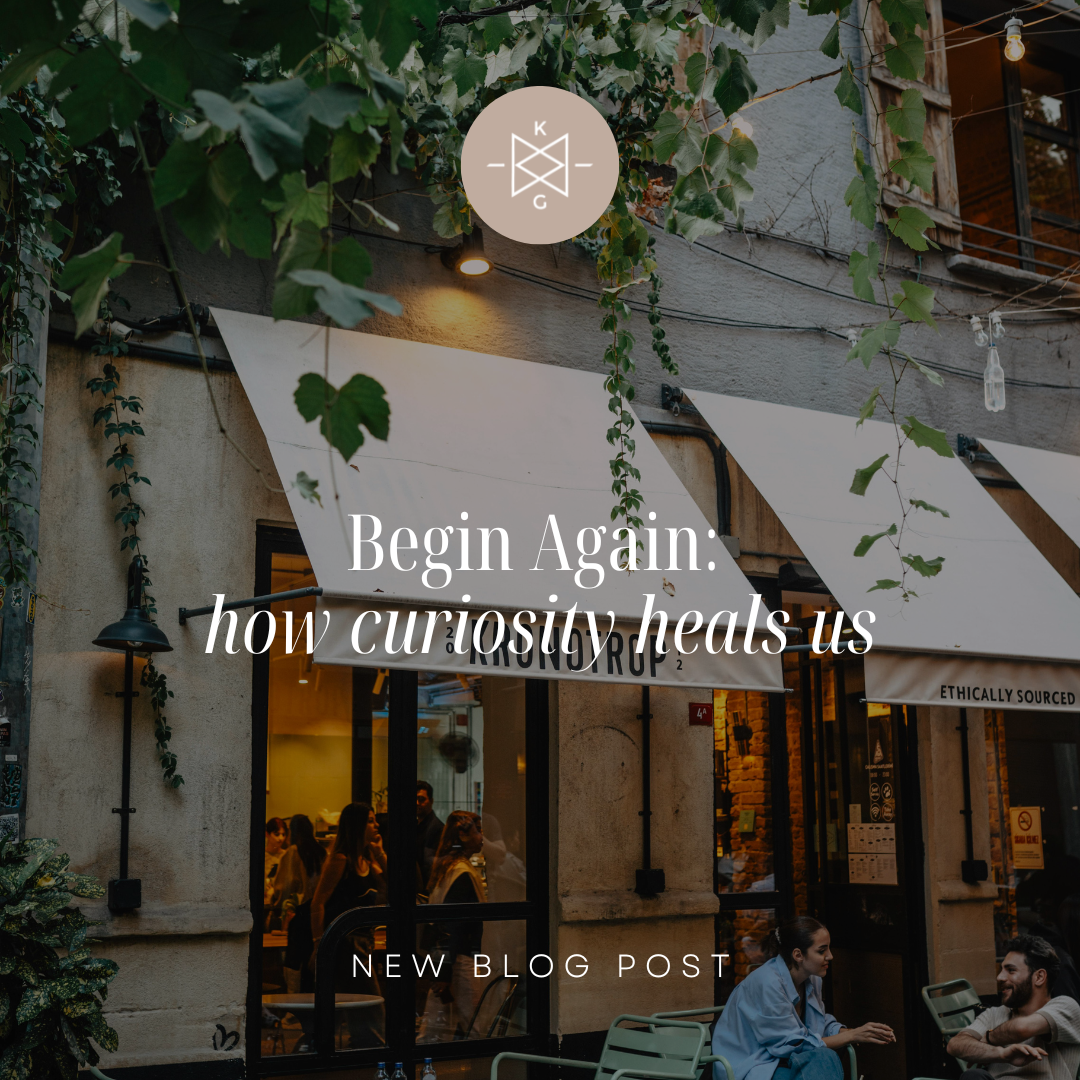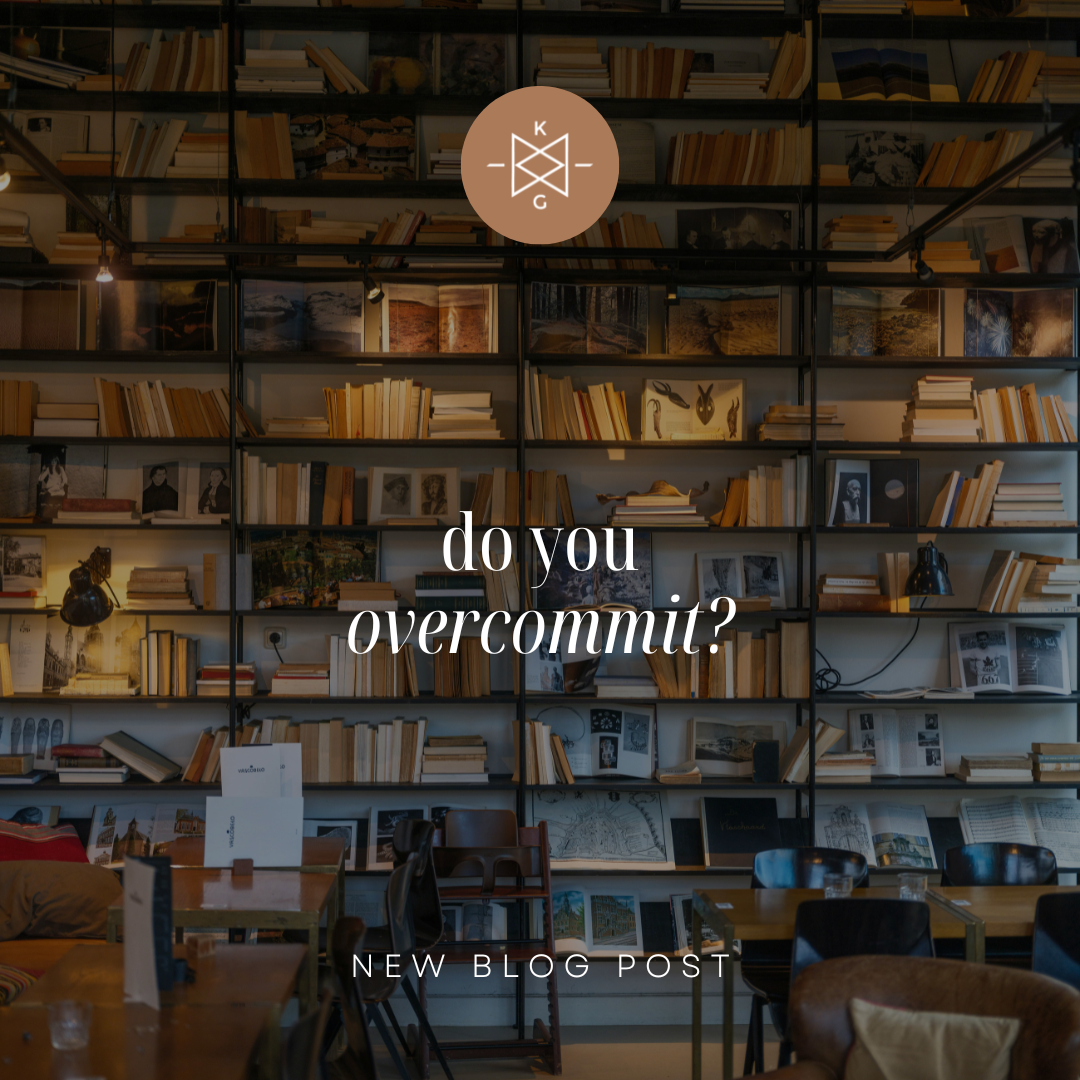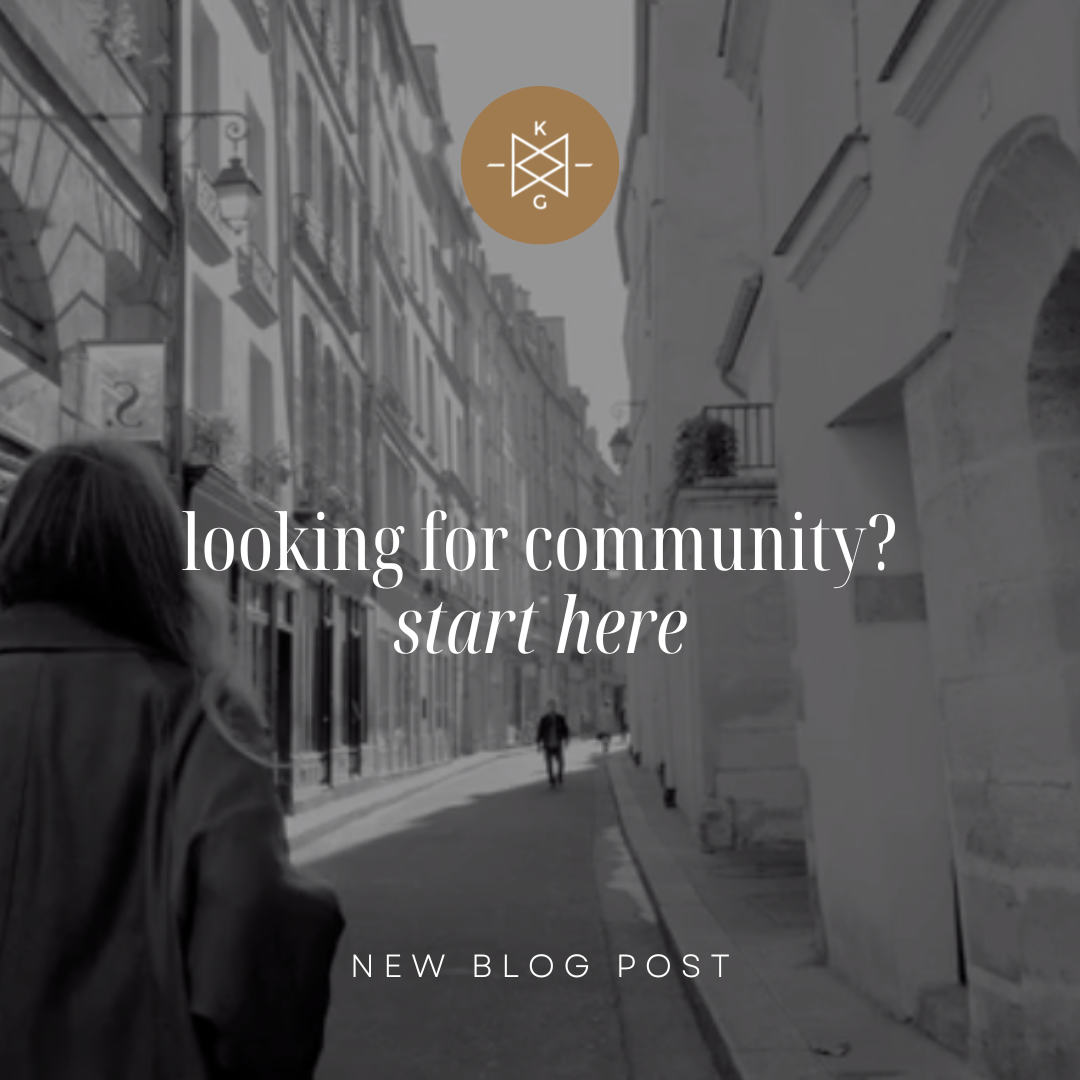
The Blog
Recently Featured
All Blogs
Dancing With Shadows
“What you resist, persists.”
Carl Jung
I grew up in the crown jewel of the deep south, Mobile, AL. We did many strange things like take ballroom dancing in fifth grade. Yes, you heard me, fifth grade. It was hands down the most awkward thing I’d experienced until then, and I’ve always felt at home on a dance floor.
This was different though. Kids from a couple neighboring schools would gather on a Thursday night at 5 o’clock in a big gymnasium at St. Ignatius Catholic church and learn all the old-school couples' dances like the fox trot, waltz, and others I’ve purposely erased from my memory. The most unbearable part of it wasn’t learning the dances, it was learning the dances with the boys. They were hyper, smelly, and had no rhythm. They also thought they were beyond cool. Ya’ll, it was torture. My favorite part of the night was when I spotted my mom’s minivan headlights in the carpool line. She’d swoop in and pick me up and then we’d proceed to Checkers for the long-awaited chocolate milkshake(s). I had to take the edge off somehow.
Learning to dance with our shadow, or shameful parts, can feel just as unpleasant. Oh you’ve got them too, I promise. They are those parts of us we’d rather not talk about. In fact, we try desperately to hide them from the world around us. They are the parts of you that you swear, if someone saw, they’d ultimately reject. It might cost you their affection—their acceptance. You'd be exposed…and deemed unloveable.
For so long, I tried to hide and change the fact that I was a quiet observer as opposed to the popular party girl. Large groups of girls made me uncomfortable. I absolutely hated summer camp, gossip, and sleep-overs. I followed southern suit and joined a sorority in college, but it was really more for my mother than for me. Eventually, I dropped out but nearly died trying to show up and fit in. I’d much rather hang with my older friend, Liz. We’d smoke Marlboro lights, listen to Dave Matthews, and talk about evolved things like boys, music, and what we dreamed of doing when we “grew up.”
More recently in my late thirties, I’ve felt shame around not taking the traditional route as a stay-at-home mom. Instead, I’ve chosen, albeit indirectly, to focus on my career, (or that’s what I tell myself and others). At 39, I may or may not ever be a mother of children. Even though the ballot’s still out, this feels a bit shameful to me. Regardless, I build up the more admirable, palatable case that, “I’ve chosen to build out other areas of my life.” It feels cleaner—safer. At the core, however, this is really my shadow part and her name is inadequacy. I’ve never really cared for her.
What are the shadow parts you’d rather forget about? Is it depression, body shame, singleness, or even sexual trauma as a child? If so, I can fully resonate with you. Guess what? Just like the smelly boys at ballroom, we’ve got to learn to lean in, let go, and learn to dance with them.
One of my favorite concepts in self-development is integration. This feels incredibly expansive and powerful to me. The less compartmentalized, or fragmented we are, the more integrated and whole we will become. Just as we are made up of hundreds of different body parts, muscles, and organs, we also have so many different parts of our emotional, relational, and creative beings.
Oftentimes in therapy sessions with clients, these parts come up. Take anxiety for example. Anxiety is an emotion, or part of us that can be immobilizing. The common misconception is in order to deal with anxiety, we must numb, fix, or run from it. But anxiety is really just a shadow part of us that needs compassion and understanding just like, say, the creative part of us. When we stuff our anxiety and try to avoid it, we really just give it more power and as a result, create imbalance.
What might dancing with this anxious shadow look like? Well, first we must listen to and get to know it. This allows us to cultivate empathy for that anxious part of us. After all, she has been working overtime for a while now to keep us performing, staying safe and “on the ball.”
Shadow work is really a reckoning with parts of ourselves we’ve misjudged for a long time. The payoff is wholeness—flow. It’s realizing those parts we’ve been hiding for so long aren’t so terrible after all. In fact, they end up being the best parts because they are the most loving, consistent teachers.
That anxious part of you desperately wants you to see her for who she really is: someone who deeply cares about your future yet may go about it clumsily. She wants you to sit with her, commune with her, and realize the worst thing that can happen isn’t so bad in the end because you have other resilient parts of you that can step in and take over when she needs to sit the next song out.
Second, simply take a minute and visualize the part of you that you dislike, a lot. Perhaps you feel guilty about this part or constantly judge her. What does she look like? What is she doing? How does she seem? In the same minute, take one step towards her… then another, and another. You left her alone a long time ago and she feels abandoned, even scared. She knows you dislike her but she desperately longs to know you and play on the same team. She needs you big time.
If this feels completely terrifying, it should. Your brain is freaking out because it has no idea what it’s doing. Hang in there though, this is perhaps the most life-giving work you’ve ever done. Dancing with strangers or smelly boys is probably not on your bucket list. But I bet I know what is…
To be loved…fully.
Love & Gratitude,
Katie
Failure School: All the Things You Never Learned
99.99999% of your fears
live only in your imagination,
in anticipation, and in memory.
Even if the ‘worst’ happens,
you’ll find yourself dealing with it in the moment,
responding from a place of presence.
You don’t have to deal with it now.
You’ll handle it then.
And who knows:
The ‘worst’ thing may turn out
to be your greatest teacher,
your most profound call to awakening,
an invitation to the kind of courage
of which you’d never thought yourself capable.
Fear isn’t your enemy,
but a signpost.
Breathe into the moment.
– Jeff Foster
I just googled the definition of “failure.” Here’s the most comprehensive and concise meaning I found: “The omission of expected or required action.” Sounds pretty benign, right? So matter of fact?
The brand of fear I’ve experienced along the way as it pertains to failure has been a far cry from this bland “omission” situation. Quite the contrary, it’s been a crippling and immobilizing force that has stunted growth, joy, and relationships. In fact, I imagine you’ve bought into a similar lie at some point along: “My worth and value are a direct result of my level of success.” I’ve heard the record spin round and round in my office. I’ve seen its death grip on friends and family alike. As a culture, we are terrified of failure.
I’m fascinated by this unruly expectation we place on ourselves to avoid failure. After all, WD-40, bubble wrap, and pacemakers are all inventions conceived through “failure.” I’m fairly certain those guys are not still sulking over why their original ideas didn’t pan out the way they’d hoped. No, they all own islands, strange looking outfits, and private jets.
In light of this, I want to pepper your thoughts with some key insights that have made a lynchpin shift I in my understanding and approach to failure.
1) Expectation is a set-up
The operative word in the above definition is “expect” not “omission” as it pertains to our study here. Why? Well, simply put, because it’s the subjective that we tend to personalize, not theobjective facts. If we could see failure through the lens of objective curiosity as opposed to an extension of who we are, we would be able to live out of a much softer narrative. For example, “I either deliver or I don’t, and my life’s worth and value aren’t tied up in that slice of history.” Now that’s freedom from the fall!
We’re so tightly wound and attached to the narrow expectation of who we should be and how we should perform that we lose sight of the incredibly vast and curious horizons that result in a deviation.
2) Resilience matters more than outcome
I’ve bombed so many performances it might lead you to wonder if I had a screw loose as I continued pursuing music early on. For some ungodly reason, I kept going even though it felt like cruel and unusual self-harm. Strangely, no one ever told me I sucked or bombed it or that I should definitely not quit my day job. I only received encouragement and kindness. I realize, we are in the South, yet I’m a pretty good read, and they seemed genuine. Building those resilience muscles eventually led to lots of bigger opportunities.
Have you ever watched a toddler on the cusp of walking? First of all, it’s high and hilarious art. Also, the ONLY way their tiny muscles are made stronger is by falling and getting up—over and over and over again. And we “ooh” and “ahh” and gawk like grown chimpanzees about to be fed at the circus in response. Go figure. Instead of asking the paralyzing question, “How can I avoid failure?”, we need to ask, “How can I better practice resilience?”
3) The real fear is the feeling
So why is it so terrifying to fail? I believe it’s because we are afraid of the way we will treat ourselves on the other side. We’re really afraid to feel our feelings of disappointment, embarrassment, and shame. However, these are all valid emotions we will absolutely rub up against along the way! Wouldn’t it be better to learn to relate to them a bit differently?
Like the poem says, nearly every shred of our fears live in the stories we make up about them, our imagination. Our fears are rarely tethered to reality, yet we drive the shame ship around as a result. We’re typically our own worst enemy, not the failures we experience.
Sure, the outcome is humbling at first, but by elevating our belief about failure, we construct a new brain pathway or go-to storyline that facilitates self-compassion instead of self-flagellation.
We don’t evolve by playing it safe in a mole hole, but by staying present at the crossroads of failure and opportunity.
4) There are two kinds of failure
Before you go poking holes in my sunshine, I’ll clarify an exception to the rule. There are two types of failure, and I'm referring to failure as something necessary for growth and success.
There is all-in failure and half-ass failure. All-in failure is when we’ve shown up, given our all, and fully engaged in the pursuit at hand, yet for whatever reason didn’t quite make the cut. The passion and effort are there, but the outcome is not—not yet anyway.
Half-ass failure, as you might imagine, is missing the mark without giving it a fighting, bleeding-heart chance. We’ve all been there, yet it’s not a helpful pattern as it ultimately becomes a self-fulling prophecy. Oftentimes, this is simply a good indicator that we may not really want what we’re limping for and a redirect is necessary.
I’ll be coming in hot this Thursday with a very interesting practical tool for you. Be looking for that as you won’t want to miss it. For now, I leave you with the words of the man who’s been quoted as many times as Oprah. He’s a mixed bag of courage, success, excess, bull-headed stubbornness, and legend all in one. He’s also a man very acquainted with failure. His stories and words have a vibrant life of their own, well after his last breath.
“Success is not final. Failure is not fatal. It is the courage to continue that counts.
- Winston Churchill
Love & Gratitude,
Katie
xoxo
#failforward, #designyourlife, #winstonchurchill, #resilience, #couragetofall
Summertime & the Livin' is Easy
“Stay thirsty, my friend.”
-The Most Interesting Man in the World
I did a little experiment over the past two weeks. You may have noticed you didn’t hear from me. (At least I hope you noticed!)
I tagged along with my husband to Maui as he had some meetings down there. This didn’t suck. The meetings fell right before our two-year wedding anniversary, so we made a little vacation out of it. I had never been to Maui, nor Hawaii for that matter, and it was simply stunning—paradise for sure. All the rumors are true.
That wasn't the experiment, though.
Here’s the experiment: I decided I would give myself permission to live way outside the lines during the nearly two weeks I was away. This meant if I wanted to sleep in, I’d sleep in. If I wanted to lay by the pool and drink fruity drinks with umbrellas in them, I did. If I wanted to go for a long walk, I’d go. If I wanted to eat french fries and banana bread for lunch, bon appétit. I didn’t work…at all. I let the meditation slide as well as writing and daily exercise and all the things that keep me feeling grounded.
Side note: I have a tendency to want to be overly productive, and this idea of rest feels more like a dirty four-letter word than a blessing. Also, I don’t like to sit still very much. I can’t remember the last time I went on vacation for more than one week and there wasn’t some type of work involved. For example, last summer we went to the beach for a week and instead of frolicking in the ocean, I spent nearly three-to-four hours a day writing copy for my website or editing a podcast. Then I’d go for a run. Then I’d go sit on the beach with a book for around thirty minutes until I got bored again.
I realize this is not a way to live and there’s not even the faintest whiff of balance baked in. I’m very much working on this, hence the experiment.
Needless to say, this experiment was a failure. I managed to finish, but barely. I didn’t feel like myself. I felt completely disconnected and discombobulated…all the “dis” words. Don’t judge me.
Also, please believe me, I am over-the-top grateful for the time away in such a magical place! We had the most fun. Yet, I learned a crucial lesson from my “research" (besides the fact that I’m a work in progress): rest looks different for everyone and doesn’t mean we disconnect from ourselves.
This is important for you and I as we roll into the summer months. Why? Because I strongly believe we can develop the summer blues just as easily as we can the winter ones. The cause isn’t necessarily a lack of vitamin D though; it’s a sneaking and oh-so-subtle disconnection from purpose. I say this a lot, and it’s worth repeating: the opposite of depression isn’t happiness, it’s purpose.
It can be so easy to disconnect from purpose and the structures that promote a sense of grounding when June rolls around, especially if you work for yourself or have a non-traditional work schedule. School’s out, travel ramps up, and porch hangs abound. It’s a glorious time to connect with friends and family, yet it’s also a ripe time to let self-care slide among other things.
With this shift at hand, I have three simple reminders to put in your back pocket as you embrace the lazy days of summer:
Know thy rest
Do your own experiment in order to better understand what you need in terms of rest. This doesn’t mean follow my extreme lead and swing hard in the other direction. For example, I feel most rested when I’m tuned into desire and filling up my creativity tank doing things like exploring new places, cooking for friends, or reading a good book. I get anxious when I watch Netflix in the middle of the day.
Your version may look much different and include periods of totally unplugging and taking catnaps in the afternoon. Neither way is right or wrong. The important thing is to find what you need in order to facilitate renewal in the season you’re in.
Dogs need fences
After about two days of roaming about in the wild and wooly unknown parts of the neighborhood, chances are your dog will miss the safety and consistency of your fenced-in backyard. We, for the most part, are the same. Structure is a good thing and truly helps us stay connected to what we deep down desire, which I believe to be connection and purpose. Sure, we all need to get off the grid at times, yet consistency over time builds emotional resilience, and I have a strong suspicion you are here because you want to experience more of that. I know I do.
Give yourself some grace
In the end, the most important thing you can give yourself (and others) is grace and compassion. More than structure, more than purpose, more than self-care—you name it. Self-compassion and radical acceptance beget desired outcome much faster than a fear-based need to control. I love this quote:
“Where we think we need more self-discipline, we usually need more self-love.”
- Tara Mohr
I sincerely hope you’re easing into this summer season with equal parts desire and grace…and a heavy dash of amusement.
Love & Gratitude,
Katie
Let's Work It Out: How To Up Your Fitness Game (Without Breaking a Sweat)
“Until you make the unconscious conscious, it will direct your life and you will call it fate.”
-C.G. Jung
This is not a post about working out, I assure you. I would not pretend to know what the optimal picture of physical fitness/health looks like for you or what your body needs to feel alive and balanced. Everyone’s needs vary.
What I do know, however, from decades of trial and error, passionate research, and education is one very simple concept: messaging and intention are everything.
What does that even mean?
It means that you and I readily respond to messages that speak to our core values and desires. Based on those messages, we respond in action through intention. We identify what we want, and we intentionally set out to achieve that thing.
I’ll put some skin on this one.
The diet and exercise industry is a multi-billion dollar industry. Yes, the “B” word.
It caters to the desire in you and me to look and feel our best, albeit sometimes through the vehicle of shame. You know the drill, “Once you lose those last ten pounds, you will be happy—you will be okay.”
They tell us all about the latest fitness trends, green juice, protein shakes, cool down stretches, and recovery meals so we can stay on top of our game.
Guess what?
The messaging works. Their savvy adverts successfully appeal to the desires of consumers everywhere, hence the “B” word. My recent personal favorite messaging trend is: “Sitting is the new smoking.” So good, right?
There is a massive gap though.
We live in the most overfed, undernourished, obese, and sedentary culture in American history.
The intention may very well be present, but the action is missing.
I believe this speaks to a heart problem, not a willpower problem.
You see, I believe we’re going about it in reverse. I believe we need to take this brilliant fitness messaging model and apply it to our emotions before we put all our eggs in the fifteen-minute magic routine you saw in the latest Shape magazine.
Don’t get me wrong, I am an exercise evangelist. I started running at age twelve and have made daily physical movement a part of my life ever since. For me, it transcended vanity a long time ago, providing me the much-needed sanity space and release to balance out the crazy in my head.
I bet you know a thing or two about physical fitness, even if you hate working out. This is due to the constant messaging; It’s everywhere.
What we often fail to realize is our emotional health doesn’t run on autopilot, and the messaging here is a bit more subtle if not lacking.
We must develop an emotional fitness regime just as we do a physical fitness one. We must learn where the pitfalls are and when we typically hit the proverbial wall and have a meltdown. We must learn what makes us anxious and how to preemptively practice mindfulness and deep breathing along the way so as to keep it in check. We must learn to rest and practice self-compassion.
Awhile back, I interviewed Miles Adcox, CEO of Onsite Workshops (among a zillion other impressive things), for my podcast. He explained how this concept of emotional fitness must start small, with tiny two-degree shifts in mindset and behavior as opposed to extreme overhauls that typically don’t stick (think: New Year’s Resolutions). To hear that interview,click here.
Later on this week, I’ll be giving you a few practical tools for tweaking your emotional fitness regime, so stay tuned for that.
If this all sounds airy-fairy and frustrating, take heart; it is very much a process. Just as it takes months and often years to get in tune with your body and what it needs, so is the case with our emotional journey. It’s not perfect by any means—humans are messy.
However, I can promise you this process will help take some of the guesswork out of what it looks like to consistently feel better from day to day
You see? This was painless, treadmill-free, and I bet you didn’t even break a sweat!
Love & Gratitude,
Katie






































